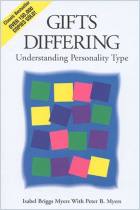
Recommendation
In his most famous and influential work first published in 1921, Carl Jung introduces the terms “introvert” and “extravert.” He developed his typologies to examine cognitive differences in depth – types that have since generated endless debate and psychological assessment tools. His deep, difficult text – written in the early 20th-century vernacular – demands careful reading and reflection to properly understand his intentions. Jung implores you not to label or classify people summarily, but instead utilize his types to build self-awareness and understanding of others.
Summary
About the Author
Dr. Carl Jung (1875–1961) was a renowned Swiss psychoanalyst and founder of analytical psychology.
Learners who read this summary also read
Book
Book
Book
Book



















Comment on this summary or 开始讨论